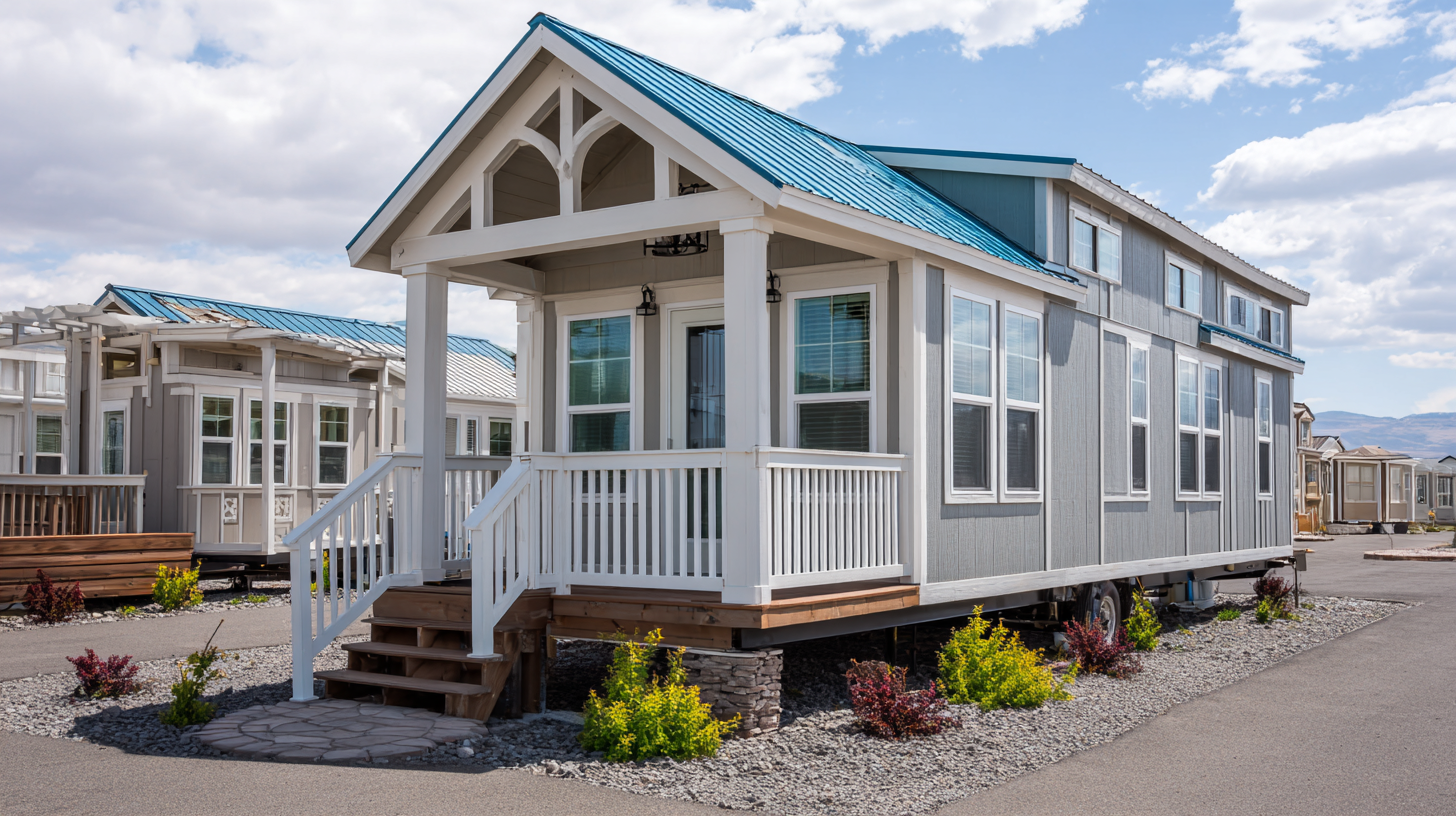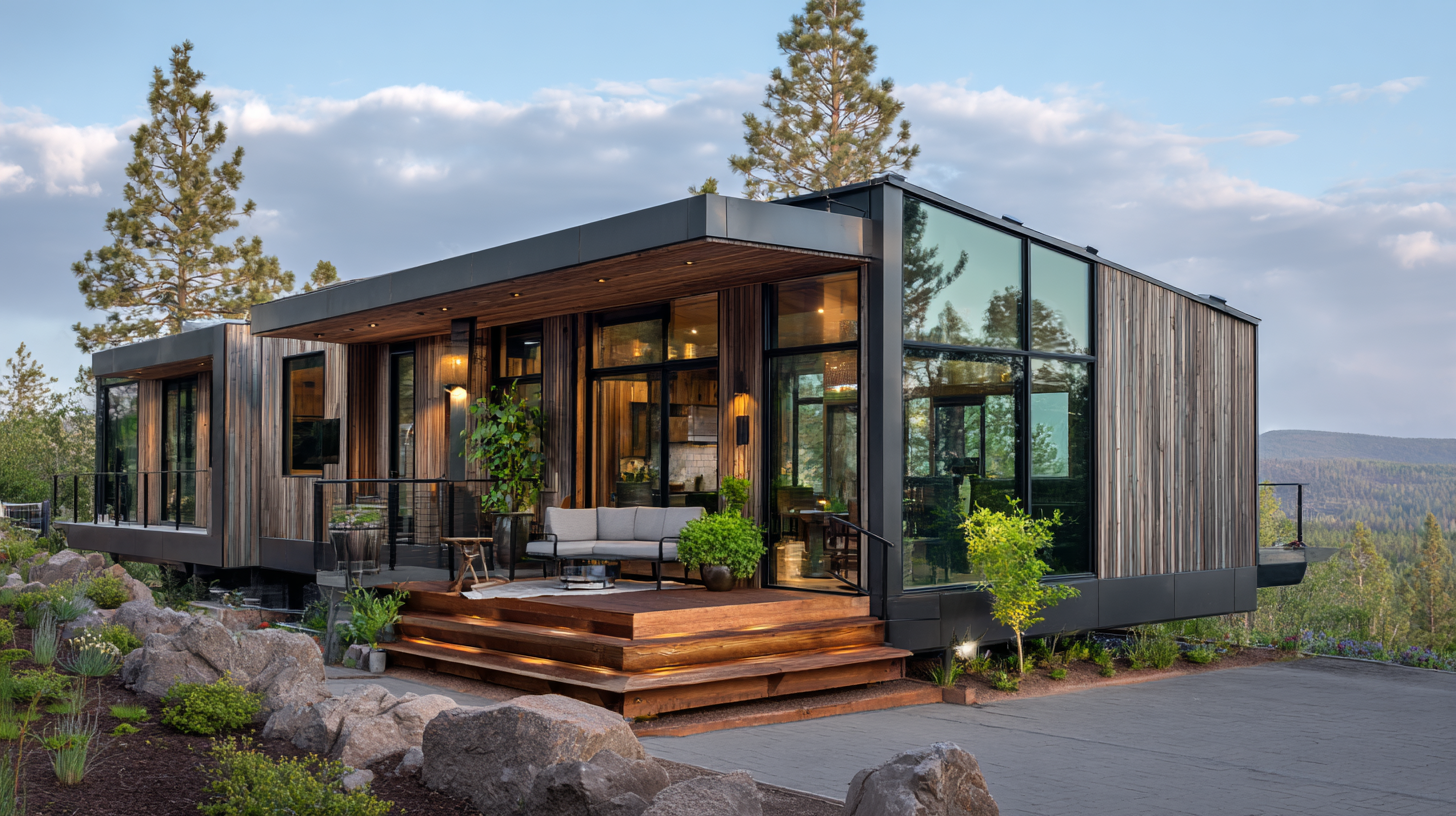
Leave a Message
We will call you back soon!
 Your message must be between 20-3,000 characters!
Your message must be between 20-3,000 characters!
 Please check your E-mail!
Please check your E-mail!
SUBMIT
More information facilitates better communication.
Mr
- Mr
- Mrs
OK
Submitted successfully!
We will call you back soon!
OK
Leave a Message
We will call you back soon!
 Your message must be between 20-3,000 characters!
Your message must be between 20-3,000 characters!
 Please check your E-mail!
Please check your E-mail!
SUBMIT

 Pre manufactured homes, characterized by their efficient production process and lower environmental impact, play a crucial role in this transformation. These homes not only minimize waste during construction but also often incorporate
Pre manufactured homes, characterized by their efficient production process and lower environmental impact, play a crucial role in this transformation. These homes not only minimize waste during construction but also often incorporate 
